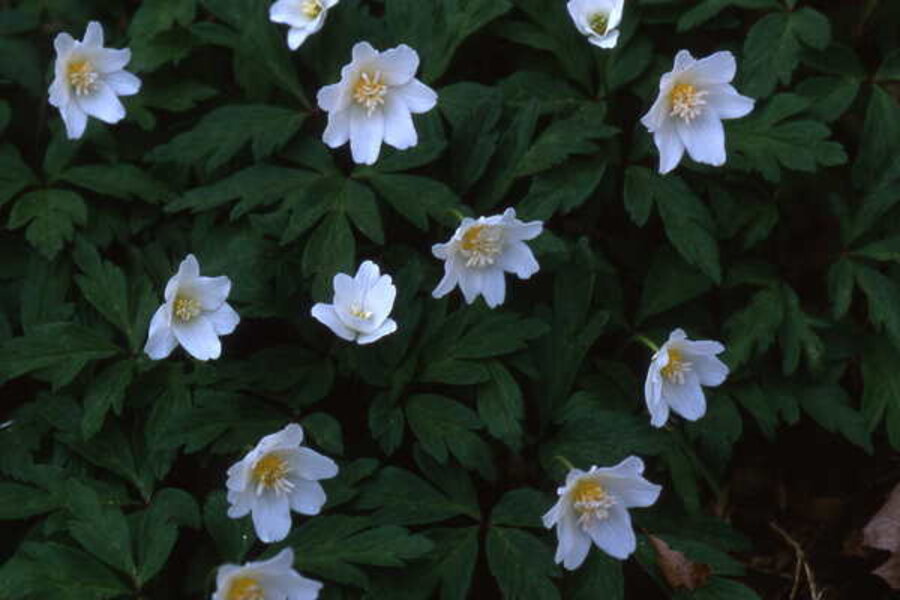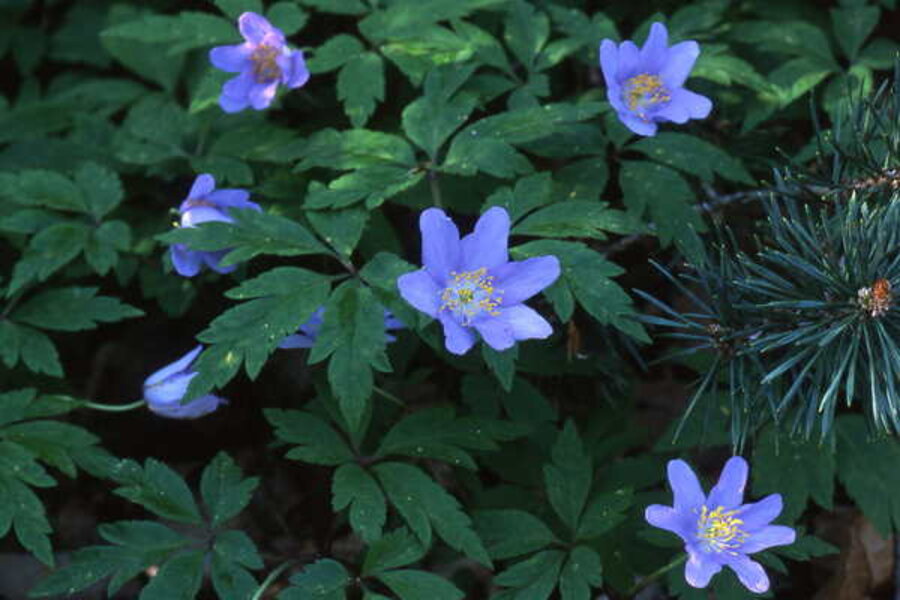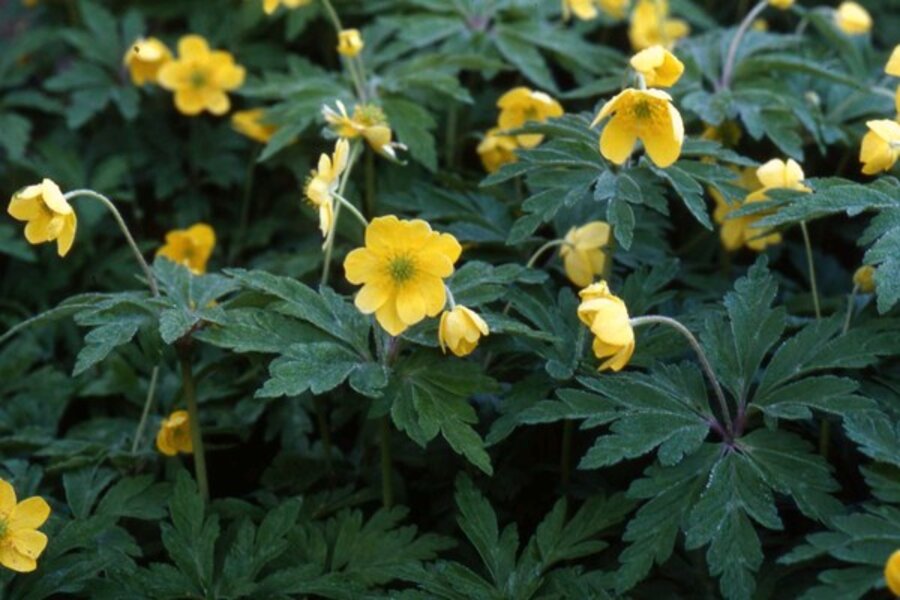Wood anemones are delightful shade plants for spring
Loading...
I have been collecting European wood anemones for some years now and remain as interested today as I was with my first order. They have so much going for them in my southern Indiana shade garden:
- They are among the first flowers of spring, providing color at a time when my garden is mostly some shade of brown.
- While only six to eight inches tall, they gradually spread into colorful colonies.
- They emerge, bloom, and set seed while trees and shrubs are bare of leaf, then disappear until next spring as shade deepens.
- Since their native habitat is European forests they take root competition in stride.
- The list of colorful blooms and sizes seemingly goes on forever.
Some wood anemonies to consider
Anemone nemorosa species [see first photo above] usually have white blooms just over an inch across with overlapping petals. Petal number is highly varied, ranging from six to 10. Each bloom has a yellow center of stamens. Often the reverse side of a bloom will have a dusky reddish flush of color. Leaves are on long stems, three-part, with each divided into deeply cut segments. The roots are thin brown rhizomes resembling twigs with an "eye" of yellowish-white that become multibranched and overlapping, forming colonies just below soil line.
Some named variations I have enjoyed in my garden are A. n. 'Dee Day' with lavender-blue blooms. [See second photo above; click on arrow at base of first photo.] The white double-blooming selection goes under the name of A. n. 'Vestal.' A. n. 'Rosea' is a nice white bloom with rose reverse. Then there is A. n. 'Viridiflora', the one that got confused and made up its "blooms" of divided bright-green foliage in place of petals.
Although Anemone ranunculoides, the buttercup anemone [see third photo above], is usually grouped alongside A. nemorosa, they are different species. Both the binomial and common names describe the plant. Both describe a bloom with petals of bright yellow resembling buttercups (Ranunculus). Foliage is the same as A. nemorosa species. There is a fully double form to seek that is just as hardy and reliable in spread as the single blooming. A. r. 'Plena Flora' resembles small yellow buttons carried above the cut foliage.
There is a hybrid between A. nemorosa and A. ranunculoides that is a favorite of mine for its light clear lemon-yellow blooms. A. x Pallida has woven itself between stands of dark sooty-black blooming hellebores, providing an excellent contrast in colors. Anemone nemorosa close their blooms at night and on cloudy days.
Ephemerals that need perennial companions
Since these woodland flowers go into dormancy around the first of July, it's best to use them with perennials that will bloom about the same time, but hold the place in the garden until fall frost. Beneath small shrubs is also a good use of European wood anemones.
To receive Monitor recipes weekly sign-up here!
-----
Gene Bush, a nationally known garden writer, photographer, lecturer, and nursery owner, gardens on a shaded hillside in southern Indiana. His website is www.munchkinnursery.com. He also writes the Garden Clippin's Newsletter. To read more by Gene here at Diggin' It, click here.







